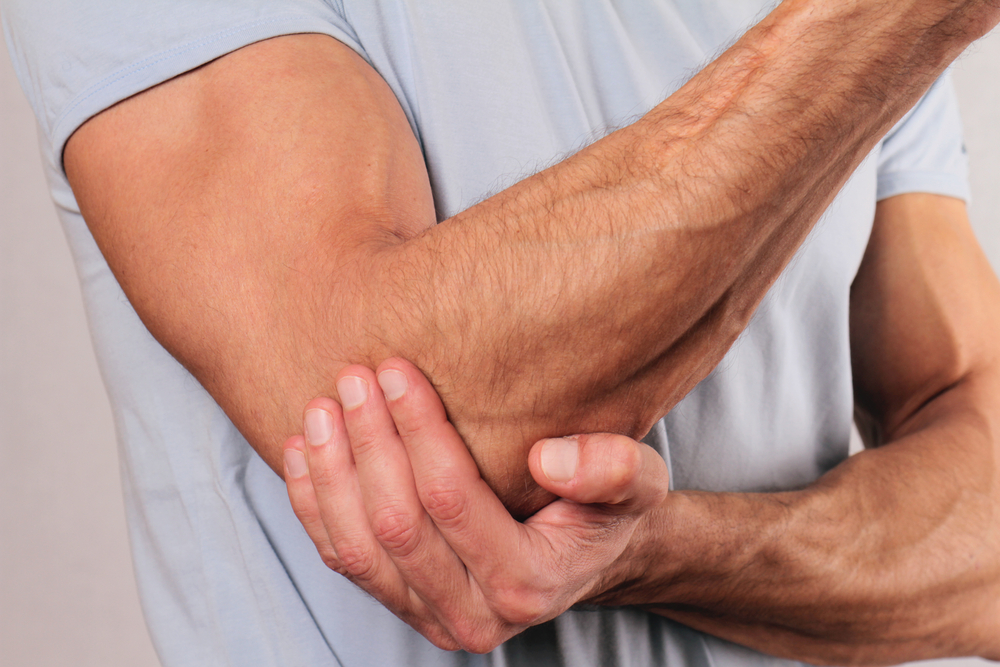DIAGNOSIS
After a prompt evaluation of your medical history and your symptoms, your doctor will perform a physical exam of your elbow and your arm.
X-rays. To look for a foreign body or a bone spur, your doctor will most probably recommend an X-ray to find out what is lodged in your bursa or to examine the state of your elbow. For individuals who have had repeated instances of elbow bursitis, a bone spur might develop.
Fluid testing. Your doctor will extract a small sample of bursal fluid to be sent out to the laboratory for analysis. This is done for them to diagnose whether bursitis is caused by an infection or gout.
TREATMENT
Aspiration is usually done if your doctor suspects that your bursitis is due to an infection. This is done by inserting a needle into the bursa and extracting the fluid slowly. This is often an office procedure. This may alleviate symptoms and gives your doctor a sample to be analyzed in a diagnostic laboratory.
You might be given antibiotics as prophylaxis. This is to ensure that bacteria won’t be growing at the aspiration site. Your doctor, without pathogen-specific information, will be prescribing broad-spectrum antibiotics.
If the bursitis is not from an infection, there are several management options.
- Activity changes
- Elbow pads
- Medications


